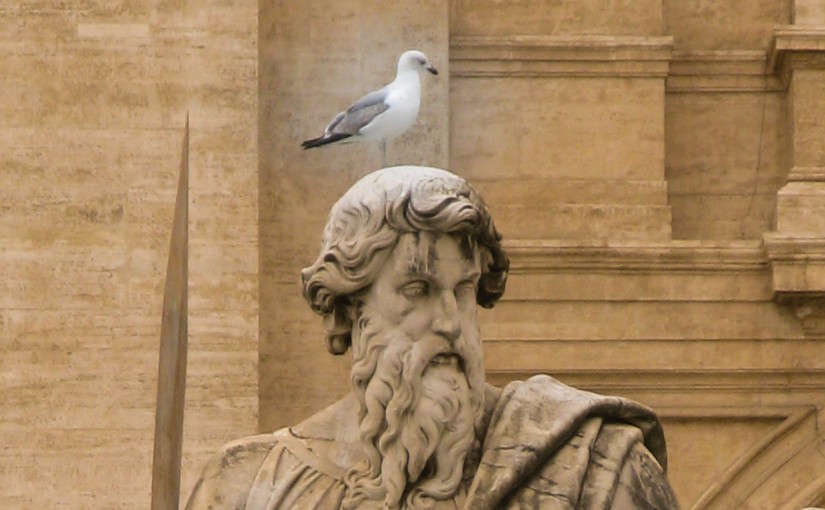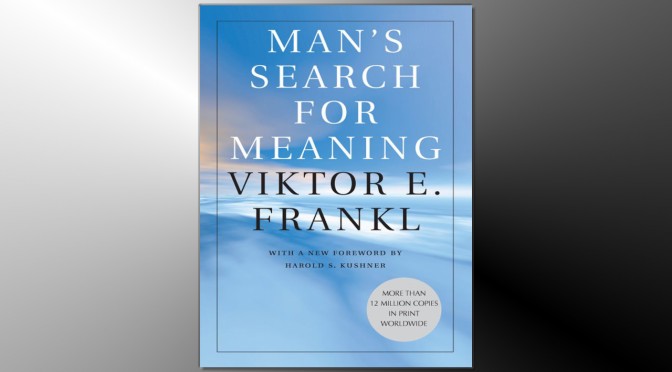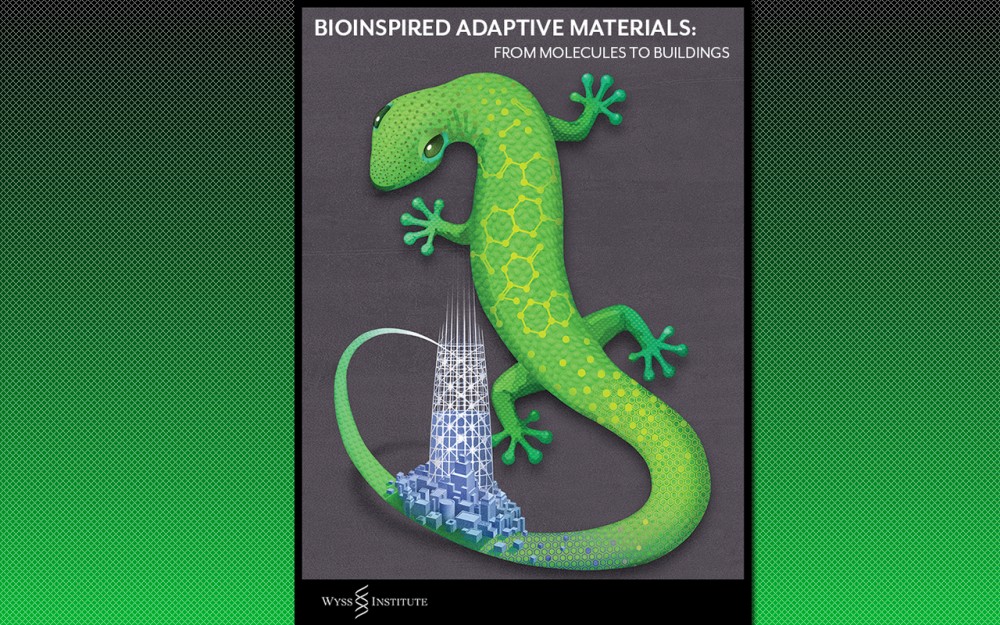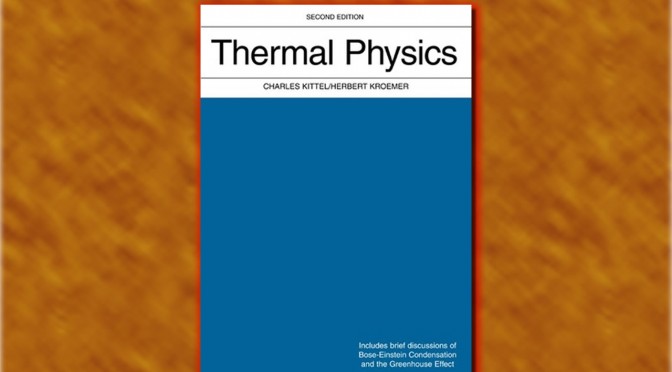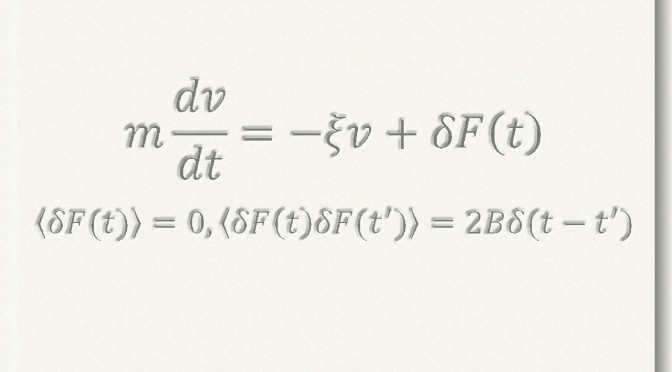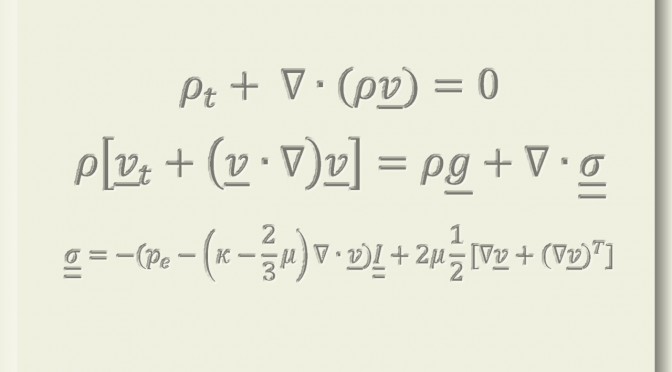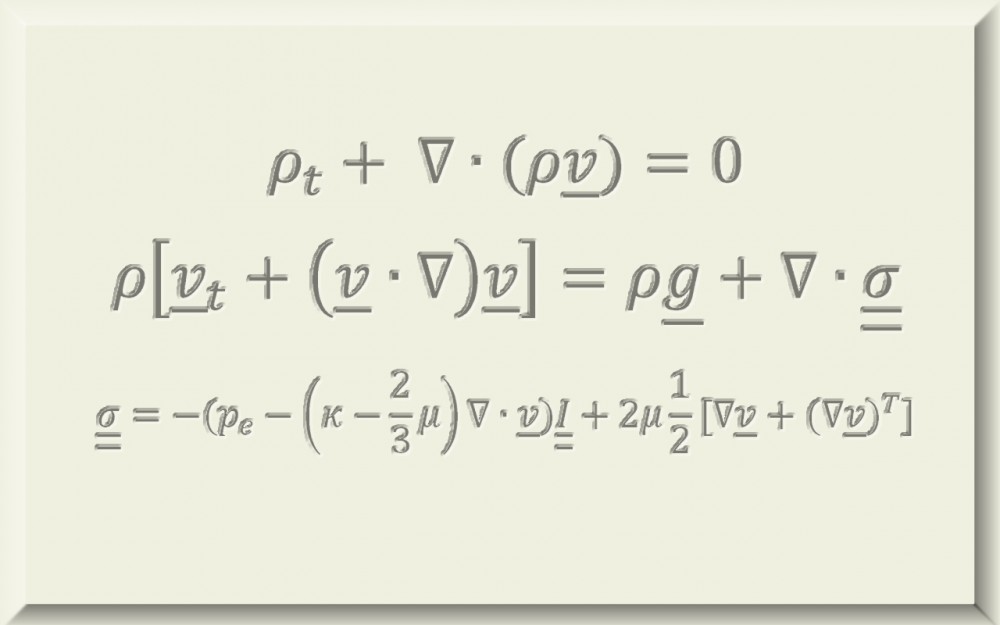Being an atheist, I was on several occasions asked about the question: how do you explain the question of the beginning. At first, I didn’t have an answer, because I had never seriously thought about that question. After a while, I think my initial reaction is perhaps by itself an answer already. The traditional Chinese myth doesn’t require a beginning: life goes in cycles, and souls of the dead re-enter the bodies of humans, animals, and other living creatures on earth, according to the deeds of their previous lives. Therefore, asking the question of the beginning is perhaps asking the wrong question, just like asking what the most common first name is for a Chinese person.
Despite the difference, one thing the traditional Chinese myth and the Christianity share is that some sort of decision has to be made about a soul after life, based on some sort of performance analysis of what it did while having a corporal form. Although the effect of these final analyses could be conscious or subconscious, it weighs in people’s moral choices. Good deeds will be rewarded; bad ones punished. All sounded perfectly well.
The difficulty, as always, lies in the details. Confucius’ golden rule “one should not do unto others what one does not be done to oneself” only provides the guideline for inaction, not action. As for Christianity, the first three of the Ten Commandments ask for blind belief (at least that’s how they sound to me), and to truly believe it seems to require the removal of ones’ own critical judgment. In addition, ethical norms evolve; what was once unacceptable could become acceptable. So the question becomes, is there anything that is universally applicable and timeless? And then I felt silly even asking this question.
In the end, I thought about this analogy between ethical norms for an ideal society and scientific models for physical reality. It has been said that “all models are wrong, but some are useful”. All mathematical models only partially explain reality (hence wrong, in the sense of incomplete), but useful in the occasions where their applications are fruitful. Similar things may be said about ethical norms for a society at a given time: they are perhaps not ideal (and they may never be), but in so far as keeping the society running, they are useful. As for individual, perhaps the best one can achieve is to live by the current norms but with reasonable doubt. To quote again, “Doubt is not a pleasant condition, but certainty is absurd.” – Voltaire.

